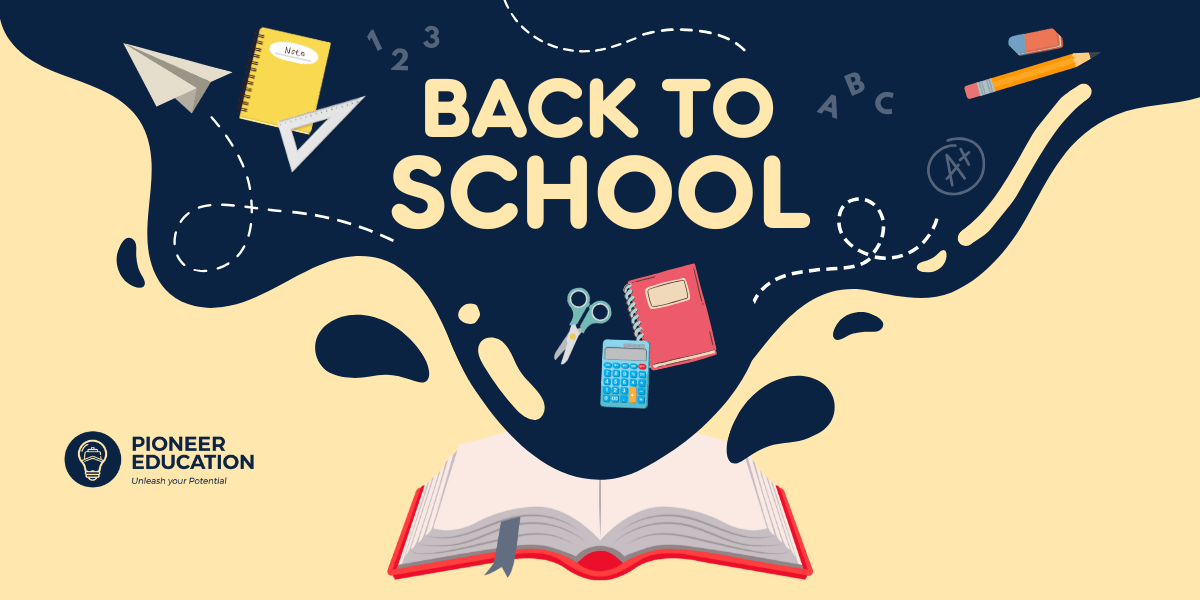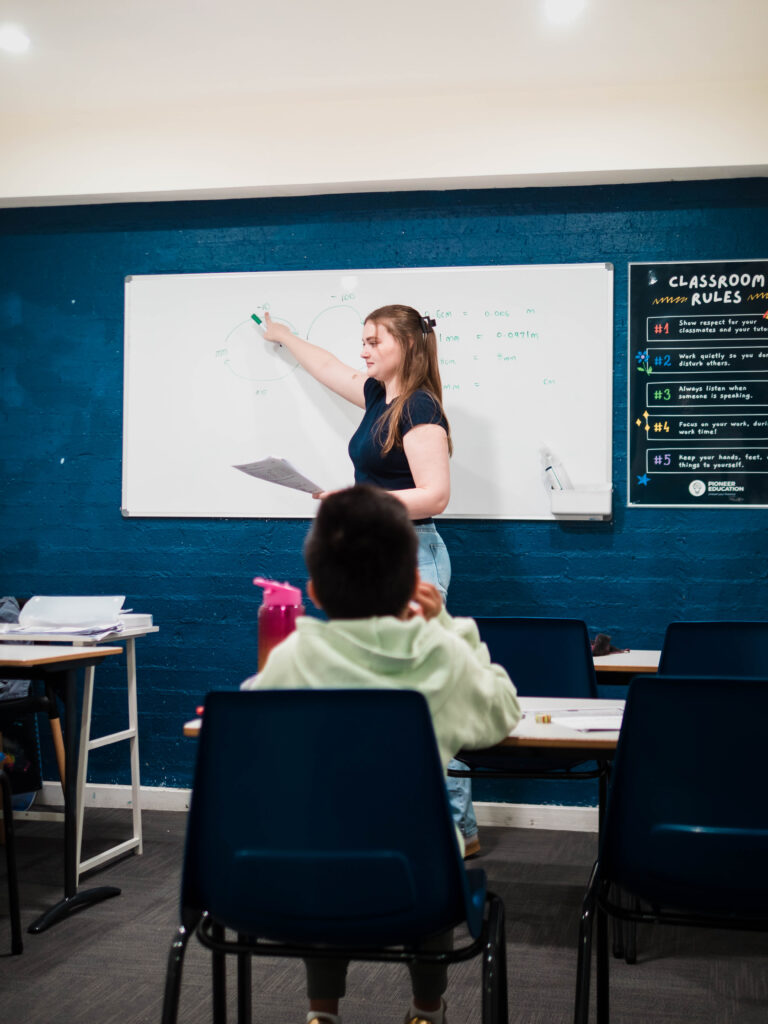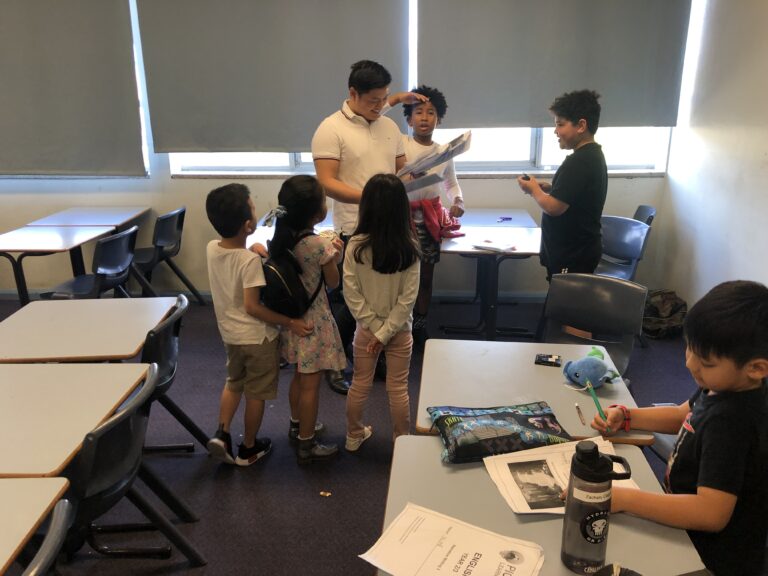Ready, Set, Finish! Unconventional Ways to Start Term 4 Strong
Introduction
Term 4 feels like a fresh runway after the midyear stretch — a time when both students and parents can shift gears, reset purpose, and finish the year with momentum. Too often, this term sneaks up amid fatigue, holiday anticipation, and loose routines. But what if instead of drifting, your child entered Term 4 with clear direction, renewed curiosity, and the confidence that they can have their strongest finish yet?
At Pioneer Education, we believe that how a student starts the last term often determines how they end it. A strong kickoff plants seeds of consistency, keeps stress at bay, and turns the final stretch into an opportunity — not an obstacle. Let’s explore some creative, less-trodden strategies (beyond the usual “set goals, manage time”) to launch Term 4 with energy and clarity.
- “Curiosity Launch” Week
Start by treating Term 4’s first week like an expedition: not a catch-up period, but a launchpad.
Curiosity challenges. Ask your child to list 3 questions about topics they’ve always wondered about — within or beyond the school curriculum. They’ll research one per week. This plants a mindset of exploration, not just completing assignments.
Mini “topic swap.” Let them swap a small topic from any subject with a peer or tutor and teach each other the essentials. Teaching deepens mastery.
Reset reflection session. Dedicate 20 minutes to revisit Term 3: What surprised them? What habits helped? What got in their way? No judgment, just insight.
This approach shifts attention away from “catching up” and toward forward motion, curiosity, and growth.
- Energy-First Routine, Not Subject-First
Instead of launching straight into academics each day, anchor the start on energy.
Movement burst (3–5 min). Jumping jacks, stair-climb, or a “brain dance” — get the blood flowing before opening books.
Mind refresh pause. A quick breathing exercise, gratitude list, or doodle journal even before tackling the first subject creates mental space.
“Prime subject when fresh.” Allocate the subject they enjoy less to when their energy is highest (first or second block), and more creative or interest-based ones when they might dip.
By prioritising how they start, you reduce resistance and build consistency in learning flow.
- Micro Goals with “Fun Anchors”
Forget broad goals like “get 90+ in math.” Break goals into micro wins tied to small rewards.
Daily “one-thing” focus. e.g. “I’ll solve 3 geometry problems first thing,” or “I’ll summarise one paragraph in English first.”
Fun anchors. After each micro win, reward with a 2‑minute sketch, a stretch break, or choosing the next music track. These tiny anchors train positive reinforcement.
Weekly mosaic scoreboard. Create a visual “mosaic” board: each micro win adds a sticker or pixel. Watch the image grow with consistency.
These small building blocks, reinforced by fun, accumulate into confidence and momentum.
- “Reverse Mapping” for the Finale
Instead of planning forward only, map backwards from the final assessments.
Goal date anchor. Mark a final mock exam or project date.
Reverse milestones. From that date, map backwards weekly: which topics must be complete? Which reviews? Which test practices?
Mini “checkpoint pops.” On each milestone date, do a quick “pop quiz” or self-check — adapt the map if needed.
Working backwards ensures that every week is aligned toward the goal, preventing cramming in the final weeks.
- Social + Accountability Boosts
Momentum lasts when it’s social, shared, and visible.
Buddy study rhythm. Pair with one friend (or two) and commit to 15 min check-ins at the start or end of each study block. Share a “win” of that block.
Public progress snap. Use a family whiteboard, a shared app, or a physical “Goal Tree” where daily wins are displayed. Seeing progress tangibly motivates.
Weekly reflection ritual. Sundays could be “mini huddles” where the student shares one proud win, one obstacle, and one plan tweak.
The more learning becomes a shared journey, the more accountability, support, and joy it carries.
- Play with Themes, Not Just Subjects
Instead of treating Term 4 as “math block, English block, science block,” give it themes that run across subjects.
“Inventor’s Term”: In science or maths problems, frame them as creations; in English, read biographies of inventors; in history, explore technological changes.
“Explorer’s Term”: Geography, local history, adventurous writing prompts. Let the theme stitch across.
“Puzzle Term”: Each week has a “puzzle of the week” — a logic puzzle, math teaser, or rhetorical puzzle in English. Let this curiosity bleed into all subjects.
Themes give coherence, creativity, and a fresh lens — students see connections between subjects rather than silos.
Conclusion
By launching Term 4 with curiosity, energy-first routines, bite-sized goals, back-mapped planning, social accountability, and creative themes, your child can flip the final term from scramble to stride. Instead of seeing it as “just finish the year,” they’ll see that every week, every block, every task means something — and cumulatively, it leads to a powerful finish.
At Pioneer Education, we’d love to walk that journey with you. Our small class environments and 1‑on‑1 tutoring are tailor made to inject momentum, structure, and genuine enthusiasm into Term 4. Whether you’re seeking support in planning, consistency, or concept mastery — reach out, book a trial class, and let’s make this final term their best one yet.







